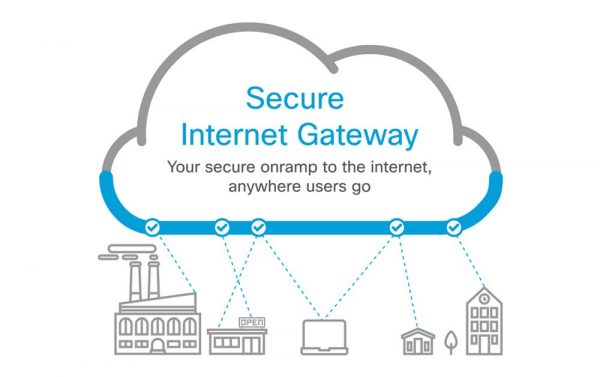Choosing a secure web gateway is vital to maintaining an online security policy. Various security controls are available to protect your computer and data. Here is a brief description of some of these features. These include URL filtering, data loss prevention, Sandboxing, and Cloud-based solutions. If you’re unsure how to protect yourself online, read this article for a brief introduction to a safe internet gateway.
URL filtering
URL filtering can be an integral part of a safe internet gateway. URL stands for uniform resource locator, a unique address assigned to a website, specifying the location on a computer network where it is located. URL filtering can help prevent online threats and strengthen cybersecurity defenses. Every organization faces the threat of cyberattacks, and they must build a strong security wall to protect their network and data. Malicious infections on a computer network can take a heavy toll on the functioning of a business, so it is vital to protect their organization from them.
One of the significant advantages of URL filtering is that it protects your employees from stumbling upon websites with malware and phishing attacks. URL filtering also reduces the risk of malware, viruses, and phishing attacks on your business’s network. It also prevents employees from searching for jobs on illegal sites, reducing the chances of a security breach and increasing employee productivity. Moreover, URL filtering minimizes the load on the network. Most businesses today struggle with bandwidth issues. Gaming apps and video streaming are common threats that strain network bandwidth and hamper employee productivity.
Sandboxing
The first thing to note is that malware can bypass the sandboxing security defenses. Malware uses techniques such as changing code and encryption to bypass sandboxes. Malware can also avoid the sandbox by changing IP address and DNS name to get around blocked malware websites. This creates a blind spot, an ideal environment for malicious software to launch.
Many security networks use old data to protect systems. Unfortunately, zero-day threats do not match known malware signatures and are difficult for traditional security setups to detect. On the other hand, sandboxing allows you to study these threats in a safe environment where you are protected and can’t compromise sensitive information. This helps your organization prevent cyber attacks and detect existing vulnerabilities. So, when implementing a safe internet gateway, consider sandboxing as part of your cybersecurity strategy.
The best sandboxes use virtualization to isolate and inspect suspicious software and files. The sandboxed environment can help you quickly quarantine and remove malware. Another advantage of sandboxing is that it helps prevent malware from affecting other files on your system, which makes it an extremely efficient tool for cyberattack protection. Sandboxing is an essential part of a safe internet gateway.
Data loss prevention
Data loss prevention (DLP) is a cybersecurity methodology that combines technology and best practices to prevent sensitive data loss, misuse, and exfiltration. Often used for regulatory compliance purposes, DLP helps prevent the leakage of sensitive data. These solutions avoid data loss by analyzing network traffic and identifying anomalies. They can also help businesses prevent data breaches by providing reporting and analysis to show areas where your data is at risk.
You first need to import a DLP rule library to set up DLP. This will enable you to configure rules and settings to block unwanted content. You can then review and adjust these rules to protect sensitive content. DLP products also include dictionary entries and default classifications. Another option is to create a custom rule set to prevent data loss. You can also use the Composite Opener rule to inspect the body text of emails.
Cloud-based solutions
Cloud-based solutions for safe internet gateway help companies control Internet access and web applications. Cloud-based security solutions integrate gateway security controls and provide a unified security posture, preventing data exfiltration or loss. With these solutions, organizations can also avoid data breaches, detect abnormal behaviors, and protect users and applications from harmful websites. SIG is 100% cloud-based, requiring no hardware, software, or installation. As a result, users can dramatically reduce management and operational complexity and protect all devices within minutes. SIG’s security features help organizations transition to cloud computing while maintaining compliance. Cloud-based solutions for safe internet gateway simplify the deployment and management of security controls. Using a centralized network administration platform, a secure internet gateway eliminates the need for backhauling, ensuring optimal performance and security. It also performs SSL decryption and in-line inspection of internet traffic.

